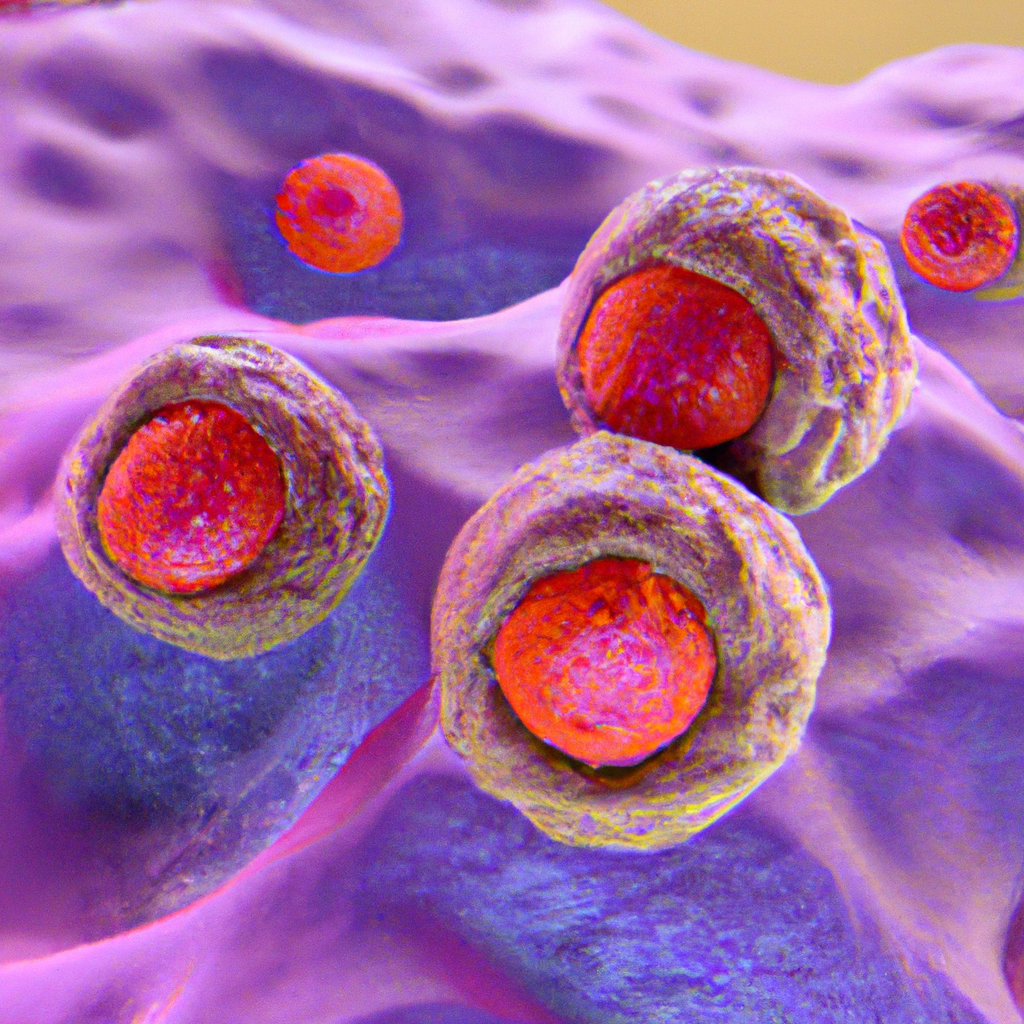What is Pseudomyxoma Peritonei?
Pseudomyxoma peritonei (PMP) is a rare and incurable form of cancer. It is caused by the spread of mucus-producing tumor cells from a tumor in the appendix to the abdominal cavity. This condition can be life-threatening if it is not properly managed. The goal of treatment is to reduce the symptoms of the disease and prolong survival.
What causes Pseudomyxoma Peritonei?
PMP is caused by a tumor in the appendix that invades the abdominal cavity and spreads its mucus-producing tumor cells throughout the abdomen. This condition can occur in both adults and children. It is more common in women than in men.
What are the Symptoms of Pseudomyxoma Peritonei?
The symptoms of PMP vary depending on where the tumor cells have spread. Common symptoms include abdominal pain, bloating, nausea, vomiting, and constipation. Other signs include a feeling of fullness after eating, weight loss, and anemia.
How is Pseudomyxoma Peritonei Diagnosed?
PMP is usually diagnosed with imaging tests such as CT scan or MRI. These tests can help to identify where the tumor cells have spread. Additionally, laboratory tests such as blood tests may be performed to look for elevated levels of certain proteins that are associated with PMP.
How is Pseudomyxoma Peritonei Treated?
The main treatment for PMP is surgery to remove the tumor and any affected organs. Chemotherapy or radiation therapy may also be used to help control the spread of the cancer cells. Additionally, targeted therapies such as immunotherapy may be used to help slow down or stop the growth of the cancer cells.
Conclusion
Pseudomyxoma peritonei is a rare and incurable form of cancer that is caused by a tumor in the appendix invading the abdominal cavity and spreading its mucus-producing tumor cells throughout the abdomen. Symptoms vary depending on where the tumor cells have spread but often include abdominal pain, bloating, nausea, vomiting, and constipation. Treatment typically includes surgery combined with chemotherapy or radiation therapy and sometimes targeted therapies such as immunotherapy.
